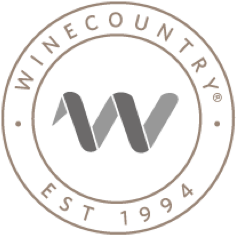Finger Lakes AVA
The Finger Lakes is one of the most historically important regions for New York wine. After Prohibition, the region rebounded with several key developments. In 1936, Charles Fournier, a winemaker at Veuve Clicquot, introduced French-American hybrid grapes to a region that previously focused on local varieties. A couple of decades later, Gold Seal — the company that employed Fournier — hired Dr. Konstantin Frank, a Ukranian immigrant and viticulturist; the duo, along with German-born Hermann J. Wiemer, began conducting in-depth experiments and research into the Finger Lakes’ terroir. The conduction deep dives into soil, climate, and grapes, among other elements, to determine best winegrowing practices and optimal growing sites for grapes.
The Finger Lakes is a tour de force of cool-climate winemaking, especially for riesling. All styles of riesling, from bone dry to lusciously sweet, show the Finger Lakes is an ideal match for the white grape. Pinot noir, chardonnay, and cabernet franc also thrive in the area. Delicious sparkling wines round out the Finger Lakes Wine offerings.
Today, the majority of Finger Lakes wineries ring around Seneca Lake and Cayuga Lake (both of which are separate AVAs) as well as Keuka and Canandaigua Lakes. Both the Seneca Lake Wine Trail and Cayuga Lake Wine Trail are home to many notable wineries, such as Fox Run Vineyards, Dr. Konstantin Frank, Hermann J. Wiemer, and Boundary Breaks, just to name a few.
A number of cideries, distillers, and meaderies have also set up shop over the years, making the Finger Lakes one of New York’s most exciting craft beverage scenes.















